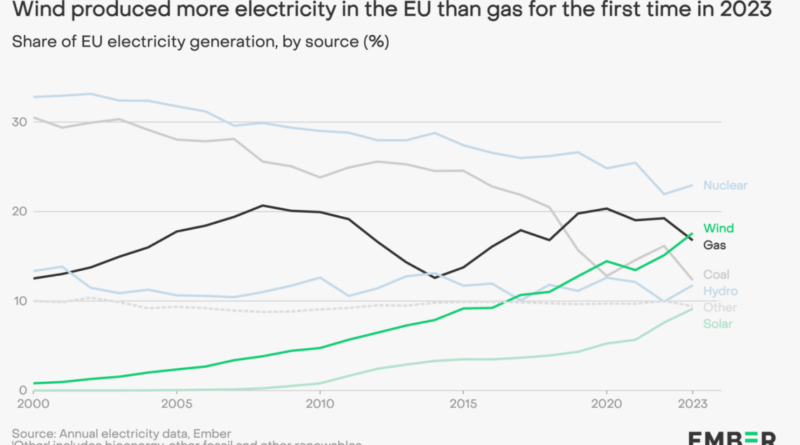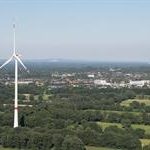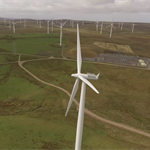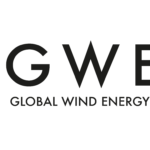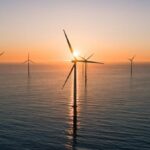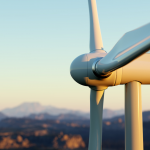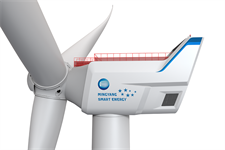‘Unprecedented’: Wind generated more electricity than gas in the EU last year — report
Energy Disrupter
Ember’s European Electricity Review 2023 showed that EU power sector emissions fell 19% last year thanks to renewables growth, falling electricity demand and an “unprecedented collapse” in coal and gas generation in EU-27 member states.
Overall coal power generation declined 26% in 2023, Ember said, while gas generation also fell by 15% in EU countries.
At the same time, renewable power generation grew significantly, with wind power generation increasing to overtake gas’s contribution to energy production for the first time.
Ember’s report showed that wind energy alone generated 18% of the EU’s entire electricity demand in 2023, more than gas (17%), coal (12%), and solar (9%).
Only nuclear power generated more electricity than wind across the EU, contributing 23% of the total.

Wind and solar energy combined recorded their highest ever increase in generation, which grew by 73TWh, and with 73GW of new installed capacity added. Wind and solar’s combined contribution to electricity generation in the EU was 27%, Ember said, meeting more than a quarter of the entire bloc’s electricity demand from the first time.
Wind energy generation hit 475TWh, the report said, which was equivalent to France’s total generation demand in 2023. Solar generated 246TWh.
“The EU’s power sector is in the middle of a monumental shift,” said Sarah Brown, Ember’s Europe programme director. “Fossil fuels are playing a smaller role than ever as a system with wind and solar as its backbone comes into view,” she added.
Demand falls – for now
Alongside the renewables surge, the report also showed that declining electricity demand in EU member states overall also contributed to the falls in fossil-fuel generation and power emissions.
Overall electricity demand fell by 3.4% (94TWh) in 2023 compared with 2022, the report said.
The authors pointed out that electricity demand was therefore down 6.4% (186TWh) from 2021. However, this rate of falling demand is not forecasted to be repeated amid the general expansion of electrification in the EU according to the report.
Ember’s analysis suggested that while the renewable energy growth was helping drive power sector emissions down in the EU, wind and solar expansion needed to accelerate even faster for the bloc to meet its RepowerEU targets of meeting 55% of energy demand from renewables by 2030.
Wind energy generation, for example, grew by 13% in 2023 but it must expand by 15% annually in order to keep member states on course for the RePowerEU target.
“As electrification takes off through more heat pumps, electric vehicles and electrolysers, the EU will enter a new era of rising electricity demand,” Dave Jones, global insights director at Ember, said. “Renewables will need to keep pace with that demand increase in order to deliver the emissions cuts needed for a safe climate,” he added.

